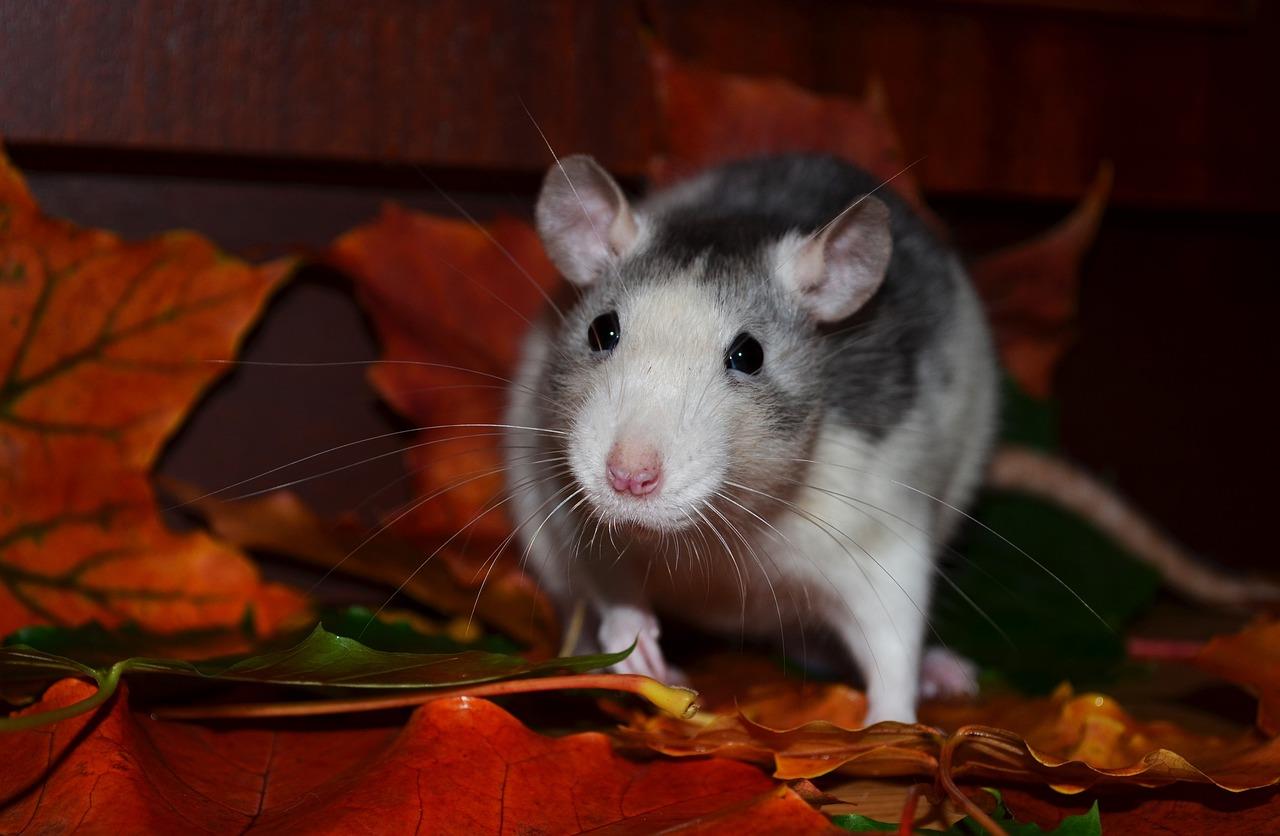
403
Sorry!!
Error! We're sorry, but the page you were looking for doesn't exist.
China's Space Mice Arrive Back on Earth After Fourteen-Day Mission
(MENAFN) China's inaugural rodent orbital research subjects touched down on Earth following a 14-day mission, traveling alongside the three crew members of the Shenzhou-20 expedition, media reported Saturday.
The quartet of mice—two of each sex—launched to China's Tiangong space station via the Shenzhou-21 spacecraft Oct. 31 for the nation's pioneering in-orbit rodent studies.
Scientists designed the research to assess how orbital conditions, encompassing microgravity and restricted habitats, influence animal behavior patterns.
The "mouse astronauts" stayed aboard the orbiting laboratory nearly double their scheduled timeframe because the Shenzhou-20 astronauts' Earth return was postponed following a potential collision with microscopic orbital debris, ultimately descending Friday.
Upon touchdown, scientific teams conducted immediate on-site assessments of the rodents, monitoring behavioral responses and evaluating critical physiological and biochemical measurements.
The study establishes crucial foundations for expanded mammalian research operations in space environments.
The descent module additionally transported diverse materials and combustion study specimens, accompanied by the biological research samples.
The quartet of mice—two of each sex—launched to China's Tiangong space station via the Shenzhou-21 spacecraft Oct. 31 for the nation's pioneering in-orbit rodent studies.
Scientists designed the research to assess how orbital conditions, encompassing microgravity and restricted habitats, influence animal behavior patterns.
The "mouse astronauts" stayed aboard the orbiting laboratory nearly double their scheduled timeframe because the Shenzhou-20 astronauts' Earth return was postponed following a potential collision with microscopic orbital debris, ultimately descending Friday.
Upon touchdown, scientific teams conducted immediate on-site assessments of the rodents, monitoring behavioral responses and evaluating critical physiological and biochemical measurements.
The study establishes crucial foundations for expanded mammalian research operations in space environments.
The descent module additionally transported diverse materials and combustion study specimens, accompanied by the biological research samples.

Legal Disclaimer:
MENAFN provides the
information “as is” without warranty of any kind. We do not accept
any responsibility or liability for the accuracy, content, images,
videos, licenses, completeness, legality, or reliability of the information
contained in this article. If you have any complaints or copyright
issues related to this article, kindly contact the provider above.


















Comments
No comment